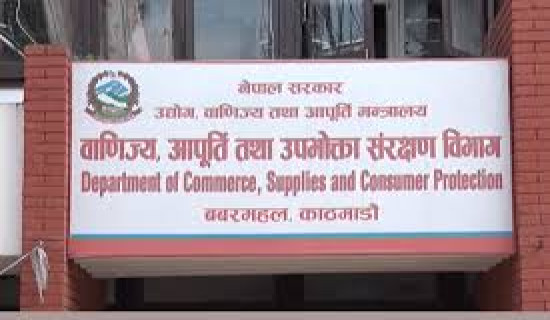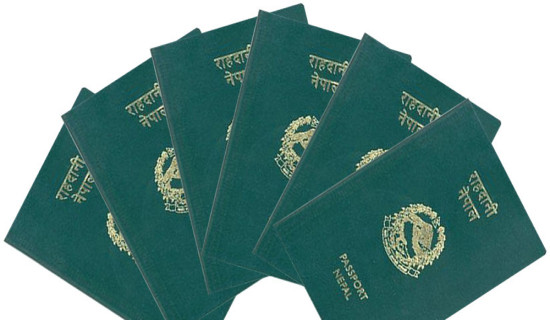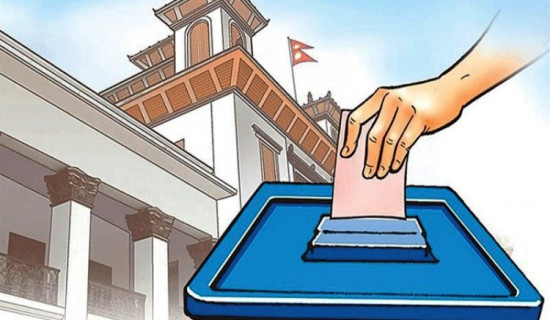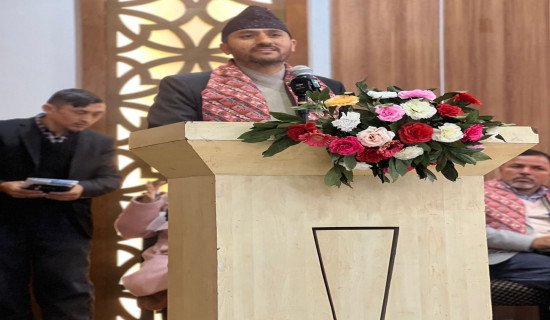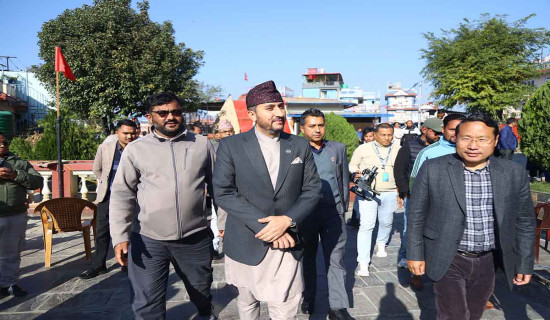- Wednesday, 24 December 2025
Failed Bids To Form New Parties
Last week, two stalwarts of the Nepali politics -- Dr. Babu Ram Bhattarai and Bamdev Gautam -- came crashing down to join in the Maoist political bandwagon headed by Pushpa Kamal Dahal Prachanda declaring that they or their parties or groups will contest the upcoming federal and provincial polls under the banner of CPN-Maoist Centre. In fact, Dr. Bhattarai had shot into political prominence as one of the key Maoist ideologues and decade-long war strategists. He had played the risky role of a dissident leader within the Maoist party known for militarist bias. Moreover, he had played the key role of spearheading the process in conducting negotiations for mainstreaming the Maoists into the democratic process that ushered into signing of the Comprehensive Peace Accord (CPA). He had had the privilege and opportunity to head the coalition government during the interim political period.
Dr. Bhattarai had the credit of coordinating the committee that was tasked to draft the federal democratic constitution under the aegis of the Constituent Assembly. But, as a matter of paradox, he had voiced disagreements over some of the provisions of the constitution quipping that the constitution was half glass full and the rest empty. His ambivalent position on the constitution even as he was among its main architects had been viewed with skepticism and doubt. Even though he had resigned as a member of the Constituent Assembly after the promulgation of the constitution, he is blamed for dabbling in double standards on the issues of new democratic federal constitution.
Negotiation
Dr. Bhattarai had contended and forcefully argued that the conventional parties, including the CPN-Maoist Centre, have become irrelevant in the new political epoch. Armed with these arguments, he had floated a new political outfit called Naya Shakti Party which was later merged with the Upendra Yadav-led Madhes based political party called Federal Socialist Party. Recently, Dr. Bhattarai broke ranks with Upendra Yadav and created a new outfit called Nepal Samajbadi Party. Though Dr. Bhattarai had been busy negotiating with Pranchanda and Madhav Kumar Nepal in cobbling the several communist and left leaning groups into a new political front called the Socialist Unity Centre (Samajbadi Ekata Kendra) for some time, he failed in this bid for now and finally chose to contest the upcoming federal polls under the Maoist banner.
After almost a seven-year-long detour and dissociation subsumed by unstable alliances and alignments, Dr. Bhattarai has more or less come to full circle and chosen to stage a return to the Maoist fold though he does not mind committing that he will never renege on his stance to uphold the obsolete notions of communism and Maoism. Gautam's case is also more or less the same when it comes to forming and dissolving alignments and affiliations. He is a kind of political non-conformist who can often be candid, terse and acerbic and blows hot and cold depending upon the situation. Though he had chosen to stay neutral in the intra-party squabble between KP Sharma Oli, Madhav Kumar Nepal and Prachanda that had finally engineered the split of the Nepal Communist Party, his ambivalent and unstable political swings and vacillations has put him in an awkward position.
He had launched a group with a determination to forge a unity among the divided communist parties but his efforts hit a snag and essentially faltered. Now he has also opted to contest the polls under the Maoist banner expecting a full-fledged endorsement of the five-party coalition. These cases related with Dr. Bhattarai and Gautam do provide sufficient instances to substantiate that to organise and run the political party in a sustained manner and competitive manner is a tough going exercise. When Dr. Bhattarai had launched the Naya Shakti Party, he was able to appeal the wider masses and even the country’s intelligentsia and the conscious segment of the populace had placed greater hope on his new political construct, initiative and leadership.
Needless to say, the then Prime Minister Oli, who had attended the opening of the new born party at Dasharath Stadium, had rated high of Dr. Bhattarai’s party and speculated that the new party will emerge as one of the important political entities in the country. However, down the road, the Naya Shakti Party went out of its existence as Dr. Bhattarai was not able to expand the organisation, widen the margin of his leadership appeal and cultivate rapport with his constituents.
Political narrative
It was clear that he was able to frame and construct political narrative of one or other kind but Dr. Bhattarai seemingly lacked the acumen and skills to build the organisational base which could propagate and take his agenda forward to the masses. Moreover, his reductionist penchant to articulate and vent his views randomly on social, political and cultural issues without giving thought to their sensitivity and impact made him a controversial politician that cost him dearly on his politics and popularity.
Dr. Bhattarai’s political journey is more or less similar to that of Gautam who had launched CPN-ML during the mid-1990s, severing all ties from the CPN-UML. After a few years, he was not able to run the organisation and finally reconciled to associate with the UML. Thus, to run a party and make it robust enough to win the confidence of the masses is a very difficult undertaking. It is not only in Nepal but in many Western countries, including the US too. New alternative parties are floated with a bang but very few have survived and developed into a full-fledged organisation.
(The author is presently associated with Policy Research Institute (PRI) as a senior research fellow. rijalmukti@gmail.com)












